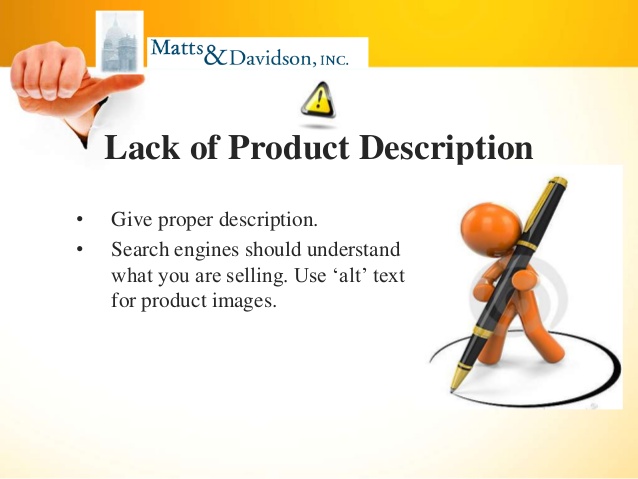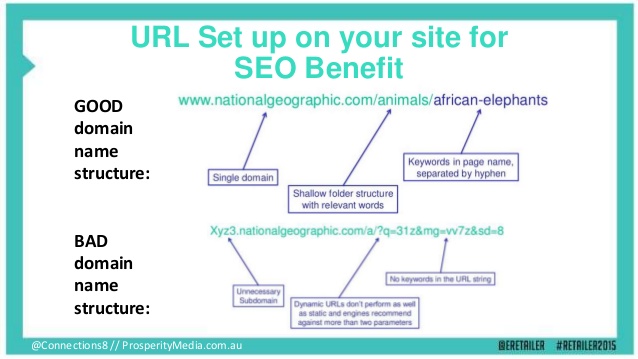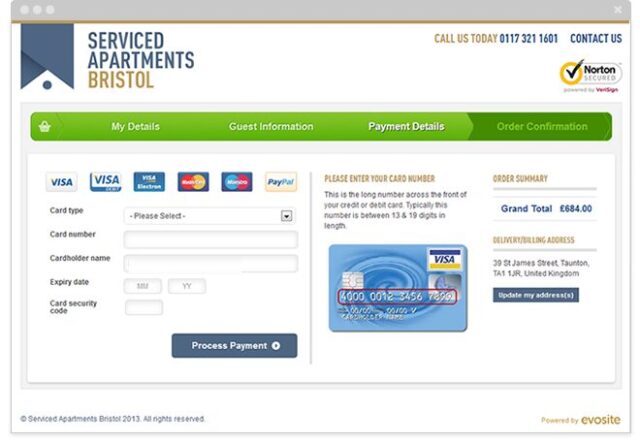
Every time you create some business your main goal is to earn something, right? And one of your secondary goals is probably to expand your business so you could earn more. That’s the way it should be. The similar way applies to e-commerce businesses too. When you create it, you want to expand it, get more customers and therefore earn more money. But how to do it? There are lots of things that could influence the growth of your business and I listed them below.
- Trust and loyalty
- SEO
- Checkout
- Remarketing
- Location
Trust and loyalty
If customer don’t trust you they won’t buy at your place. Simple enough. That’s why you must do everything to get their trust and to increase loyalty towards your company and brand. There are lots of ways to do that, but most important ones:
- Be professional – you must create a professional website. If your site looks ad, has a lot of grammar mistakes or coding errors then everything will appear unprofessional and people won’t trust you.
- Speed – if your site has a slow loading time then people will leave it and go somewhere else. You don’t want that so try to test your site and give it a tune-up if it is slow.
- Responsive – when someone enters you website with mobile phone they must be able to find what they want. If your website looks bad on mobile devices or people can’t easily find what they want then most of them will simply leave.
- About – always have the “About Us” page so people can find out information about you or your company.
- Products information – when you come to some product page and can’t find information about it you probably won’t buy it. Always make sure to add a complete description of some product before you publish it. Add high quality photos about it, add videos if you can and describe it in details.
- Security – it is very important to secure your site and inform people about it. Low security will instantly scare away every potential customer.
- Refund – a good way to increase trust and loyalty with customers is to create refund or return policy which will allow people to return products it they are not correct.
- Contact – the last advice here is pretty common one, create contact page. But not just that, add different ways of contacting you to it. Fax, phone, e-mail, form and anything else that can serve as a communication channel between you and customer.
Now you know how to get trust and increase loyalty from customers, but how to increase trust with search engines? Check the next chapter that will explain lots of things about optimizing your e-commerce site for search engines.
Search Engine Optimization
Marketing can get you more visitors and more customers, but SEO is what you need if you want to really expand your business and be a one step ahead of your competition. And when you start optimizing your page for search engines always set your goal to be at the top. Now, before I begin with talk about SEO optimization steps, advices and tricks I think it is important to learn all the big mistakes people make when optimizing e-commerce website so you can avoid them.
- Product description – when talking about trust, I mentioned that information about products can increase trust but it can also benefit the optimization too. If you just place an image of product and few words to describe it then search engines won’t like it. People could figure out everything about that product from a picture or two, but search engines won’t. Sadly, lots of people don’t know that. So, make sure to describe the product well.
- Unique words – it would take too much time for me describe all the products by myself so I will just copy the description from manufacturers page. Lots of people think this way and that leads to bad raining on search engines or even to a complete removal of website from search engines. Don’t make that mistake. Always try to think of your own description for the product and make it unique. If you just don’t have the right inspiration for unique description then put “NO INDEX” tag to that page and you’re good.
- Review – this one is often not your mistake because if you don’t have the right audience and lots of customers, chances are good that no one will write a review for some product. But, if you don’t even create a place for reviews then it’s your mistake. And if you get a lot of bad reviews it’s your fault. Always follow what people say in your reviews and fix that.
- Tittles – unique of content and tittles is a simple rule everyone knows. But it is surprising when you see how many people don’t follow that rule. I mentioned above that your descriptions must be unique and the same thing stands for tittles. The best way to create unique tittles is to follow a formula “Brand – Model – Item Type”.
- URL – try to use speaking URLs. That are addresses that actually speak for themselves. It will help you with SEO optimization because you will have relevant keywords in URL, speaking URL is more likely to be shared on other pages and social network and people actually know what is on that page just by looking at the address, they don’t have to waste time by opening the page. The big mistake people make is to just leave default address when creating some page.
- Duplicate content – no one likes duplicate content and search engines actually hate it. Always check for duplicate content. That includes checking for pages but also not placing the same text in every single product. Try to use something different every time and if you simply have to include some text (like a slogan, important message or something like that) then at least change the words a little.
I will write more about SEO techniques and a complete SEO tutorial in some other article. Mistakes I mentioned above will surely help your business, for now.
Checkout
One of the biggest mistakes people make is with checkout. Believe it or not, but checkout is one of the most important things that influence your e-commerce business and if you don’t do it right then you will lose customers. Things you have to think of when creating checkout are:
- Registration – it is always good to create interest in customers and make them want to register on your site. But you have to understand the difference between encouraging and forcing. If you force customers to register before they buy something you could lose them.
- Security – this one is pretty obvious, but how to assure people that they can safely shop at your site? Trustmarks from different websites are a way to do that. If you have some trustmarks from popular services that confirm the absolute security and privacy of information then people will trust you.
- Speed – this works for the whole page, not only for checkout. If it takes too much time to load something when people click “add to cart”, “confirm”, “buy” and other then they could lose trust and give up on buying.
- Summary – you should include the review of shopping basket and total cost on every page which will allow people to look at the basket without actually leaving the current page.
- Forms – please, oh please don’t include forms to the checkout process. People hate forms, especially the long ones. If you have to include some form then just make it really simple.
- Progress – when you are doing something you always like to know how much work you have left. The same thing applies for shopping. People like to know their step in the whole process and how much they must do to finish it.
The complete process of creating a checkout can be pretty complex and will give you great advantage and benefits if you do it right so be careful with that.
Remarketing
Remarketing is widely used in e-mail and e-commerce marketing. Remarketing is a strategy where the main goal is to follow up with all the visitors who don’t make something you wanted them to make. If someone doesn’t make some purchase you can try to bring him back to the website and give him some additional features. There are lots of remarketing strategies and techniques for success, but the most important thing is to learn what the different types of remarketing are. Once you figure that out, everything else should be a lot easier.
- Site remarketing
Site remarketing happens when people on your site see some advertisements about your business when they visit some other website. More than 85% of businesses use this type of remarketing because it has proven to be very effective.
- Search remarketing
Search remarketing happens when people on your site hunt for some relevant keywords at search engines and then see your advertisement in the results. About 72.5% of businesses use this type of remarketing.
- Social media remarketing
If the advertisement for your business shows up at the social news feed of your customers then that type of remarketing is called social media. About 36.4 of marketers use social media remarketing.
- E-mail remarketing
E-mail remarketing happens when customers on your site get e-mail reminders about their actions on the website, for example leaving the website without buying stuff from the shopping cart. It is used by 33.2% of businesses.
Global marketplace
And the last part of this article is focused on customers from different countries, or continents. Marketplace is very huge and you have the possibility to expand your business to more and more countries and areas. That’s why you have to take advantage of that. But the most important thing about that is to follow all the trends and customs in each country. Try to show prices at the native currency and always offer more checkout options. Credit card, debit card, PayPal, Skrill and anything else that will allow people to pay the your products.
Another good thing to do is to translate your page to different languages. Over 90% of people prefer shopping on a page in their native language. So, don’t miss on opportunities that global marketplace offers you.
And that’s mostly it. I know I didn’t explain search engine optimization and the checkout process to its fullest but if I did then you probably wouldn’t be reading this because you would lose concentration a lot before this final paragraph. I hope you learned something. Check the infographic below for more interesting details. Good luck!



















